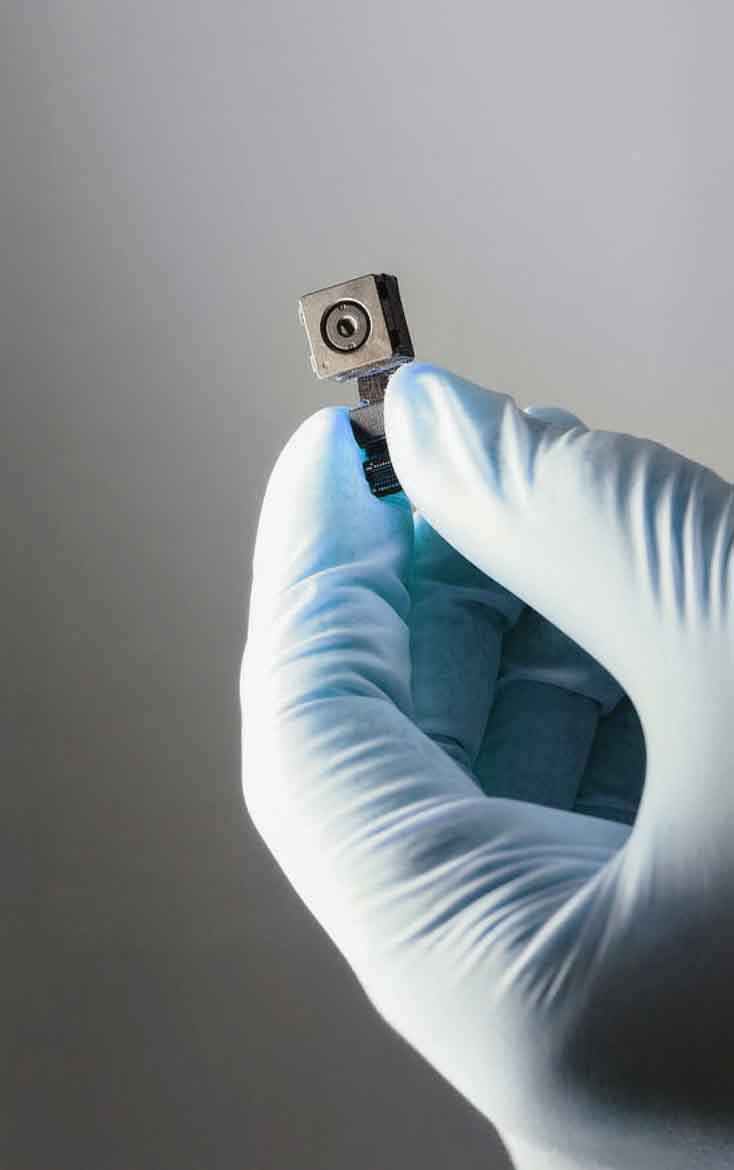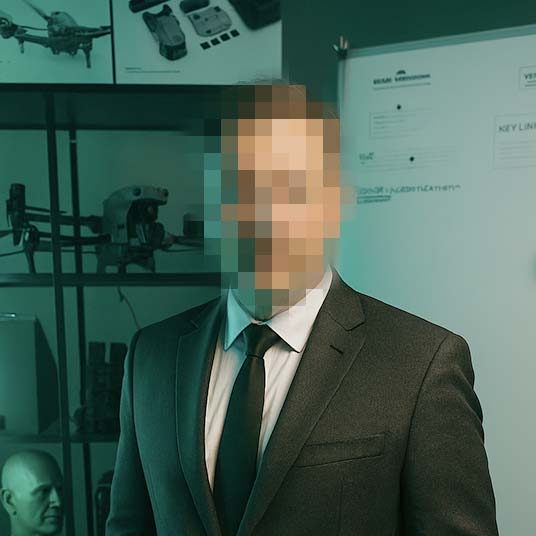

Alexa92
Inquirer
Hi, I have a feeling that someone might be listening in on my conversations or watching me without my consent. How can I check if my room is bugged with hidden cameras or listening devices? Are there any reliable methods I can use on my own before calling in a professional?
Answer from
Hello Alexa, that’s a serious concern, and you’re absolutely right to look into it. Unfortunately, bugging rooms with hidden cameras or listening devices has become more common in both personal and business settings. Whether it’s for corporate espionage, stalking, or even domestic disputes, people sometimes go to shocking lengths to invade privacy. The good news is, there are ways to detect these devices before they compromise your safety.
First, let’s talk about common types of bugs:
1. Audio Bugs: Tiny microphones that transmit conversations in real time or record them for later retrieval.
2. Video Bugs: Hidden cameras, often disguised as everyday objects like smoke detectors, alarm clocks, or USB chargers.
3. GPS Trackers: Usually placed on vehicles, but worth mentioning if you’re worried about overall surveillance.
Here’s how you can do an initial sweep yourself:
1. Physical Inspection: Start by looking for anything that seems out of place or recently added to the room. Check smoke detectors, vents, power outlets, clocks, picture frames, and even light fixtures. Many hidden cameras are disguised in household objects.
2. Use Your Smartphone Camera: Switch off the lights and use your phone’s camera to scan for tiny infrared lights, which most cameras use for night vision. They usually appear as small glowing dots on your screen, even though they’re invisible to the naked eye.
3. Listen for Unusual Sounds: Some bugs emit faint buzzing or clicking sounds, especially older ones. Conduct a quiet sweep and see if you hear anything unusual when the room is silent.
4. Check Wi-Fi Networks: Many modern surveillance devices connect via Wi-Fi. Use apps like Fing to scan for unfamiliar devices connected to your network. If you see something you can’t identify, investigate further.
5. RF (Radio Frequency) Detector: These handheld devices can pick up radio transmissions from wireless bugs. They’re relatively affordable online, but results can vary, and advanced bugs can evade detection if they’re dormant or wired.
What if you find something suspicious? Do not tamper with it immediately. Document it with photos and video, then call a professional. Removing it incorrectly could destroy evidence or alert the person monitoring you.
Here’s a quick story: A client once suspected that his office was compromised. He noticed strange interference on his Bluetooth headset and decided to investigate. When we conducted a professional Technical Surveillance Countermeasures (TSCM) sweep, we found a pinhole camera hidden inside a smoke detector, transmitting to a nearby car. If he hadn’t acted quickly, confidential business plans would have been leaked.
DIY methods are a good start, but if your suspicion is strong—especially in high-stakes situations like business meetings or private relationships—consider a professional sweep. We use specialized equipment that detects RF signals, hidden wiring, and even non-transmitting devices embedded in walls or furniture.
If you’d like us to conduct a thorough sweep, check out our Surveillance and Counter-Surveillance service or contact us here for a confidential consultation. Peace of mind is worth acting on early—don’t ignore your instincts.
Ask a Private investigator
By submitting forms, you agree to the processing of your personal data in accordance with our Privacy Policy.
